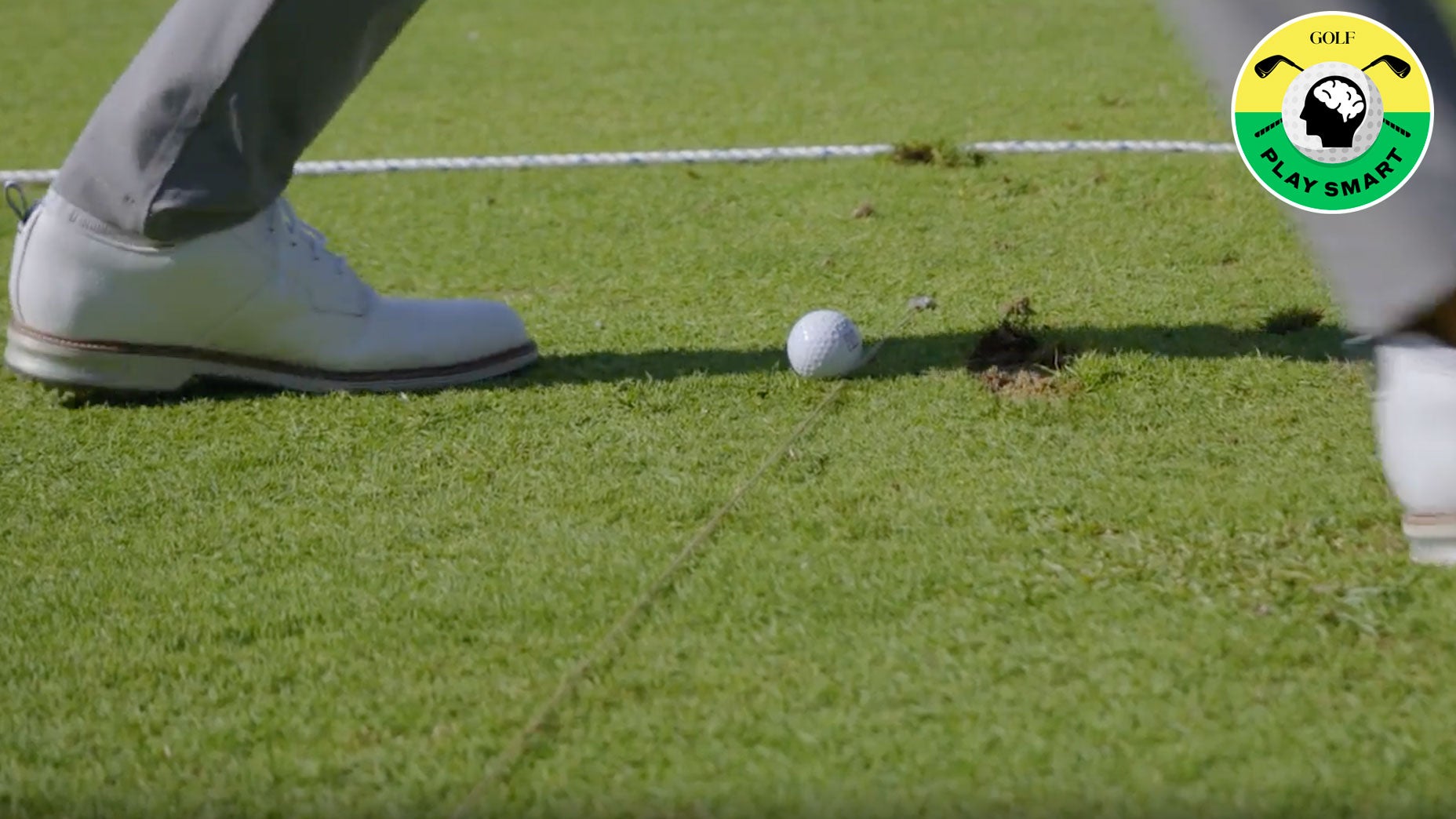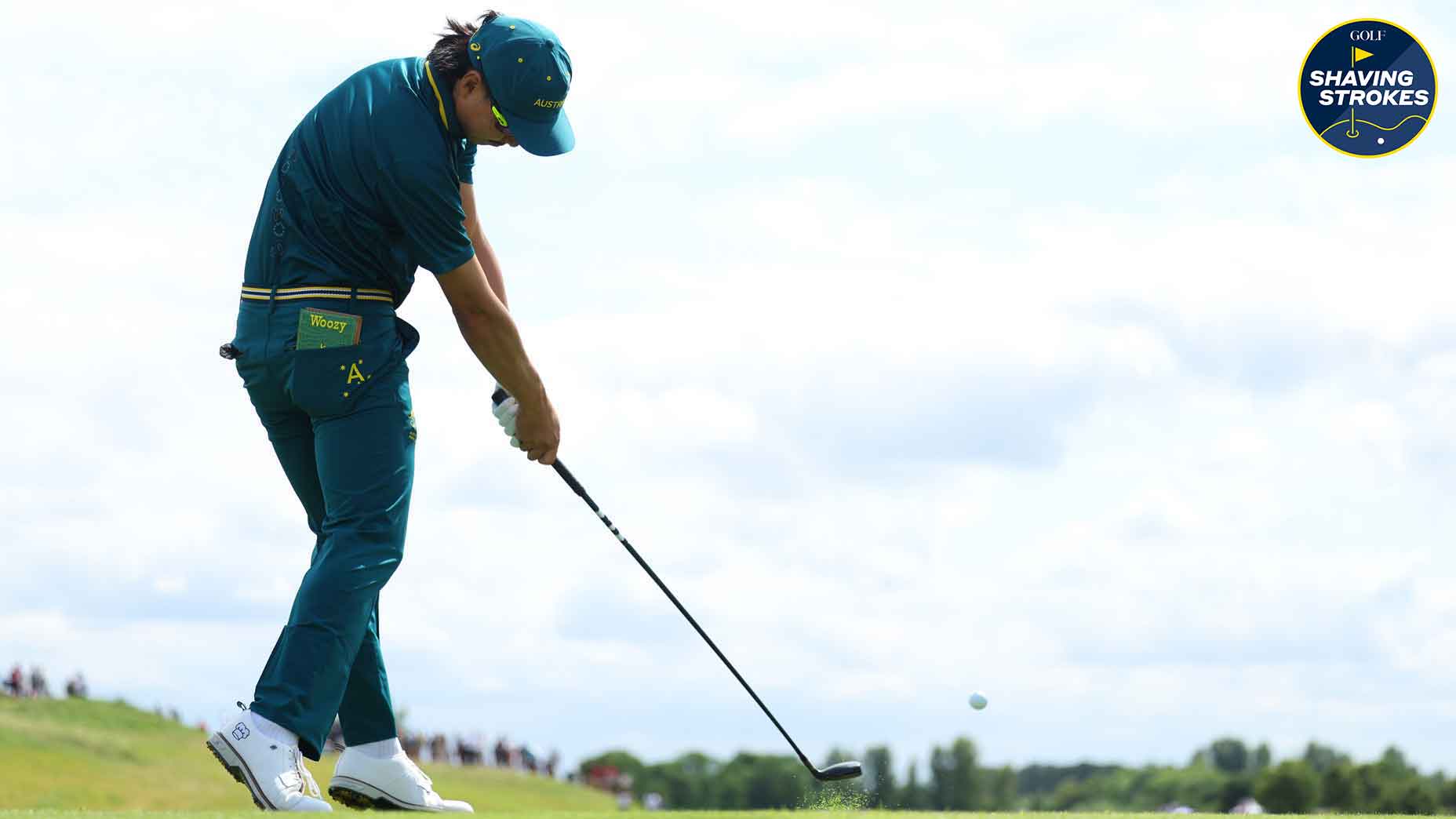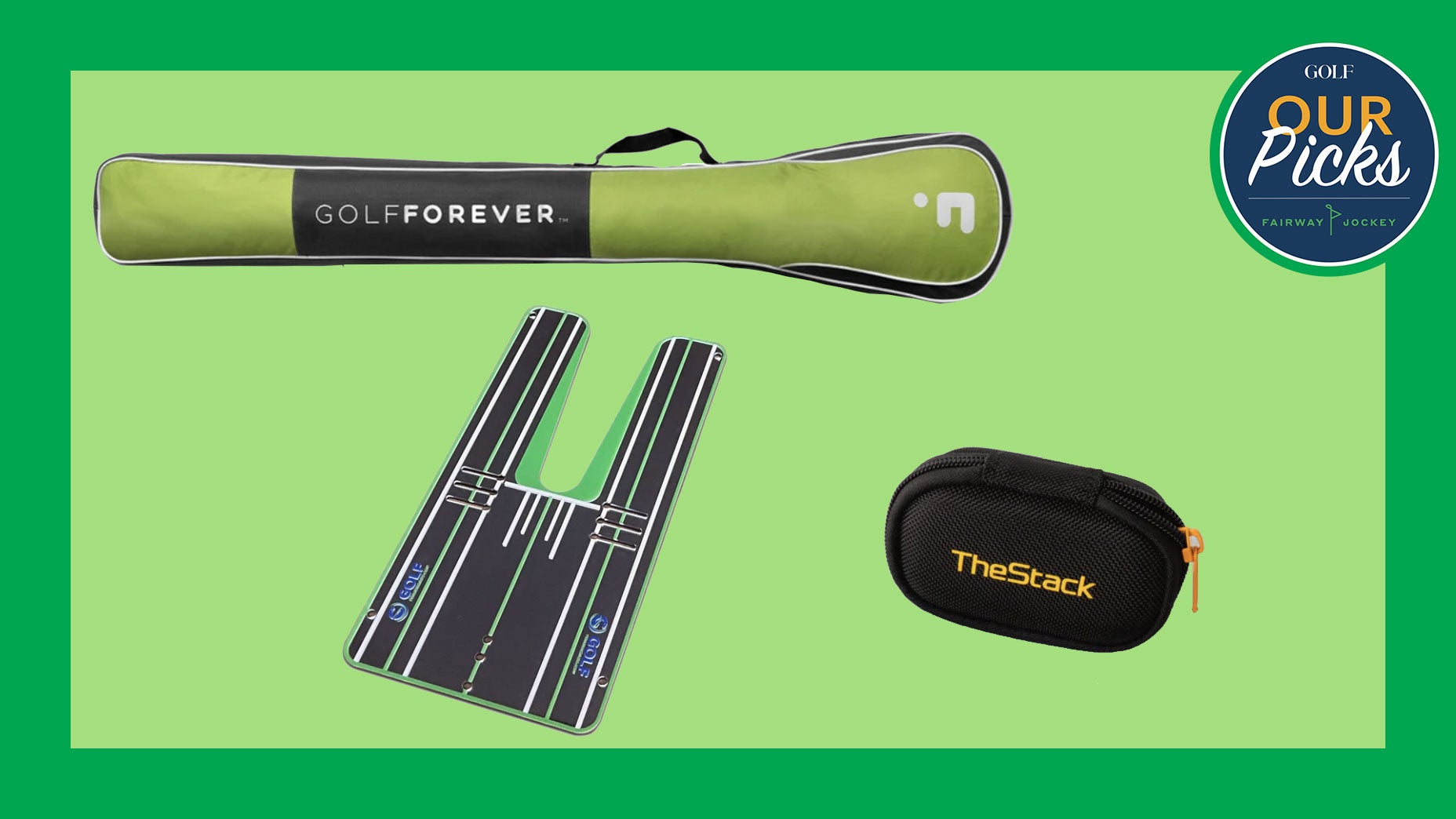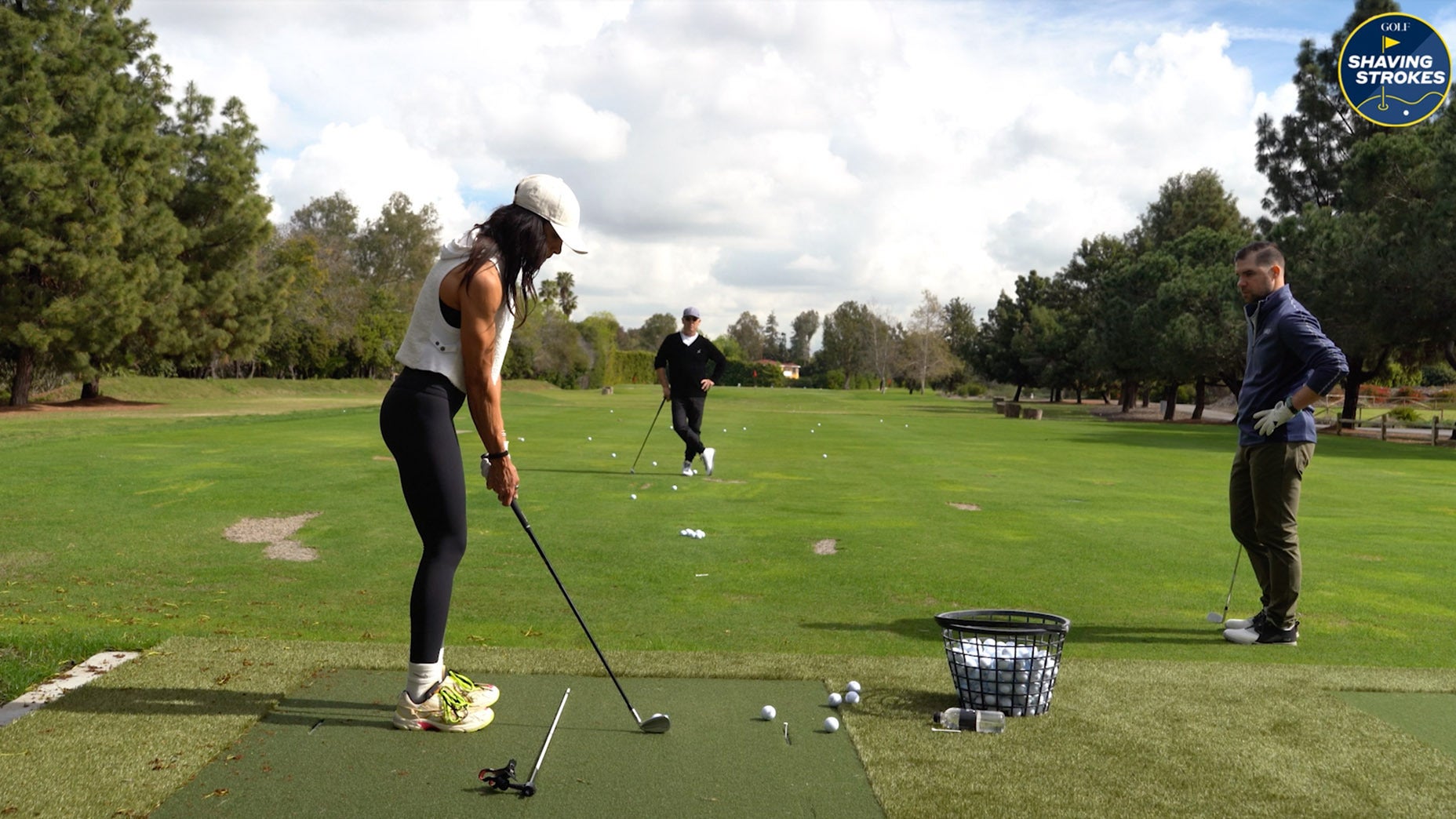Like it or not, green speeds have continued to increase over the last few years. With better grass, better mowers and improved maintenance, greens have become smoother and healthier nationwide — it’s not uncommon these days to find green speeds of 11 to 12 on high-end courses all over America.
At the same time, the existing contours and slopes on these greens have remained unchanged. This combination of smoother, faster surfaces with consistent slopes (not to mention less aggressive grooves on your wedges, thanks to rules changes), has made it crucial that golfers possess a soft, deft touch with their short clubs if they want to successfully handle superfast downhill pitch and chip shots.
This isn’t a figment of my imagination. I see it every day on the pro tours and in my short-game and putting schools. Pitches and chips are harder to stop, putts break more and roll farther, and the difficulty of the scoring game around the greens continues to increase.

The good news is, just a minor change in your setup can help mitigate the worst effects of these new turf conditions on your downhill shots to the pin. Check out the photo above. When I’m faced with a fast, downhill shot like this one (to say nothing about the ball also being above my feet), I take a normal practice swing from my normal address position, then move my hands down to the bottom of the grip as I move in to hit the shot.
This change in grip position effectively shortens the clubshaft and takes a slight amount of power out of the swing, making it a little easier to keep greenside shots under control. And you don’t have to change the length of your motion — you can keep your stroke the same length as it normally is and still transfer less power to the ball. The shot will come out a little softer than normal but with the same characteristics: a little bite on the first bounce, then a release and rollout down the slope.

Adding this grip-down motion to your arsenal isn’t a difficult change to make. As you can see in the photo above, I’ve choked down about six inches, and the only other changes I’ve made are to stand slightly closer to the ball and use a little more knee bend.
Whenever you set up for this shot, be sure to make a few practice swings to check the position of your scuff marks on the ground. At address, you want your ball to be centered in the area that your clubhead normally scuffs, which will give you the cleanest contact possible through impact. It’s not all automatic, however — it’s still up to you to figure out how the ball will break and roll after it hits the green.






